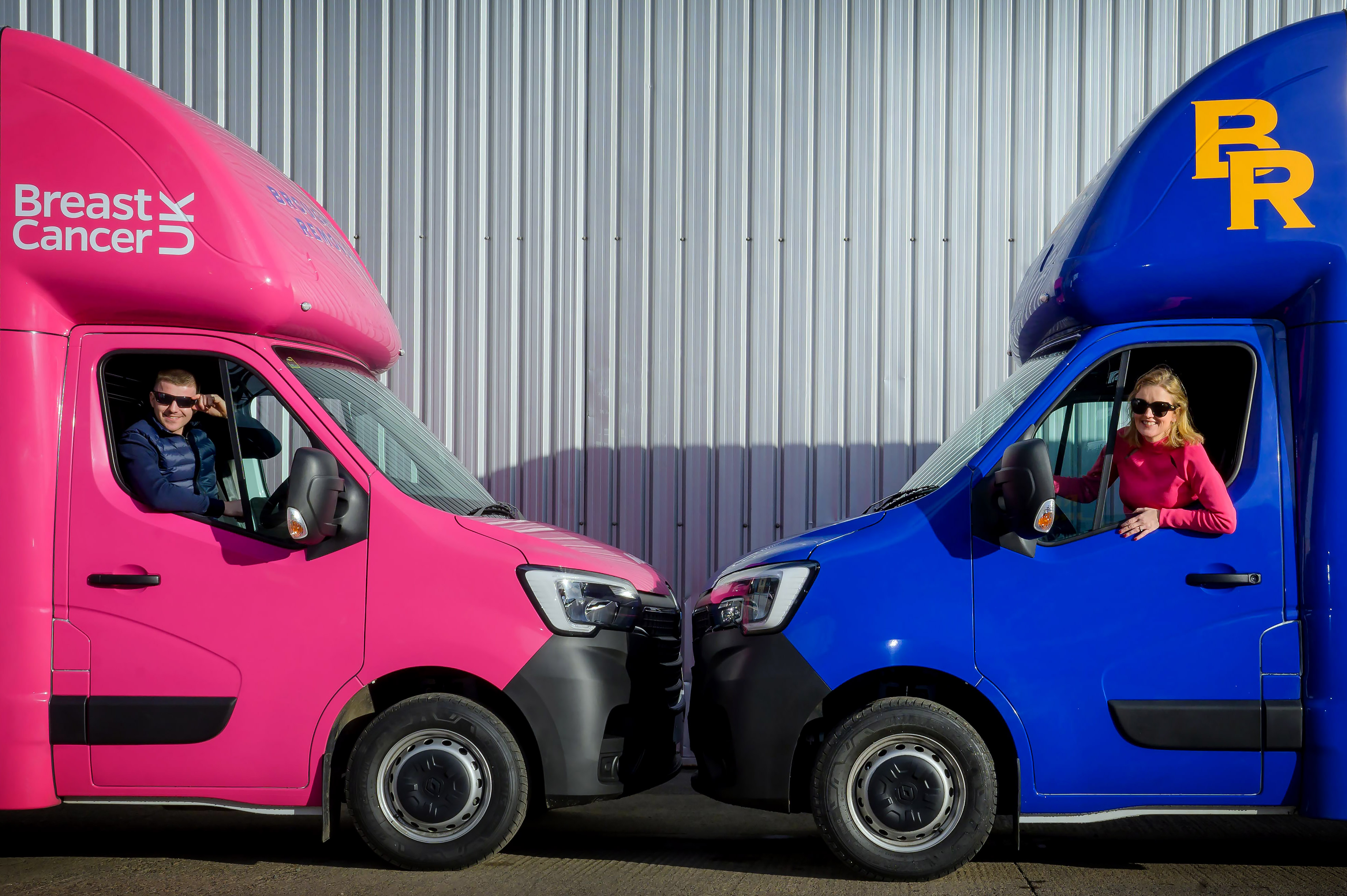A good relationship between a chief executive and trustees is crucial to the smooth running of a charity. However, ACEVO’s Pay and Equalities Survey 2019 suggests that some boards are failing to effectively support their most senior member of staff.
This survey delivered a stark reminder to trustees of their duty of care after finding the average CEO works an additional 10 hours a week. More than a third (35%) of charity bosses say they have no regular appraisal to discuss issues such as work/life balance and professional development.
A lack of support is particularly acute in small charities, where almost half (44%) of charity bosses say they have no regular appraisal, compared to 16% of large charities.
A poor relationship between CEOs and the chair of trustees is one factor in this lack of support, says Jenny Berry, ACEVO’s director of leadership and governance. “Sometimes CEOs are worried about asking for an appraisal because they don’t have a good relationship with their chair and they worry that an appraisal will just lead to a further relationship breakdown, or the chair will not know how to do an appraisal,” she explains.
Unrealistic board expectations of CEOs’ ability to work unaided is another factor, she adds. “I have also heard from some CEOs who have been told by their board that they were appointed because they had the skills they need to do their job so they don’t need any further development.”
Berry urges charities to ensure they have a culture of “continuous improvement” and robust processes in place that clearly set out the expectations of the CEO role and what to do if problems, such as burnout, arise.
Ongoing support
Clearly defined and regular support is key to this culture, adds James Moon, lead advisory manager at the Charities Aid Foundation. This should include formal supervision and regular appraisals that give CEOs the chance to reflect and learn.
“Appraisals are part of performance management, but they also provide a formal space to discuss what has gone well and what hasn’t. Uncertainty is harmful to anyone’s wellbeing and although these conversations can be challenging, they are better than saying nothing at all.”
Clearly defining the role of CEO and ensuring it matches the organisation’s strategic priorities is also important, Moon notes, as this avoids “piling on unnecessary tasks that have simply been thought up in a board meeting.”
In addition to regular appraisals each year, the CEO and board chair need to review objectives of the CEO, in terms of professional development and the organisation, says Berry. “If priorities change there should be open, honest communication about that change,” she adds.
Practical steps
Monitoring the hours of CEOs, as a potential flag for burnout and stress, is one practical step that trustee boards can take. But John Williams, vice chair of the Association of Chairs, says this should not just focus on the number of hours, but more on the pressures CEOs are working under, such as whether budgets and targets are realistic. This is particularly important in the current financial climate charities are working under, including reduced funding, pay restraint and heightened demand for services.
“CEOs want to get the job done and do a good job but there’s a point at which they are possibly not looking after themselves regularly,” says Williams. “You can go from hero to martyr very quickly and if you hit burnout that is not doing your organisation any good.”
Other simple steps Williams recommends include boards remembering to thank and praise their CEO more, rather than only challenging them. Appointing a mentor to help the CEO develop their skills is also useful, as is ensuring they have time for training, he adds.
David Saint, chairman of charity support consultancy Action Planning says monthly one-to-one meetings between CEOs and board chairs are an ideal way of ensuring a strong relationship of mutual support can grow. This also helps to foster “an atmosphere of openness and honesty” about what a CEO needs to effectively do their job, he says.
“Many CEOs feel it’s their job to cope no matter what, and some trustee boards reinforce that view. But sometimes more resource is needed, more trustee engagement, additional full time, part time or interim staff, or whatever. Although there is a sense that ‘the buck stops here’ at the CEO’s desk, there is a limit to the amount of pain and pressure any of us can soak up.
And ultimately, of course, the buck doesn’t stop at the CEO’s desk, but at the trustees’ board table.”
Recruitment
Improving the recruitment of trustees can also help ensure boards and CEOs have a strong working relationship, according to the charity Getting on Board. In March, the charity published a guide on how charities can run effective and open recruitment drives for trustees.
Currently nine out of 10 charities recruit trustees by word of mouth and existing networks, rather than through an open competition.
Evidence from a pilot where charities recruited trustees by using the guide, suggests open recruitment can improve the quality and diversity of boards. Those that took part said their boards have been strengthened as a result and are more confident in meeting organisational challenges. In addition, 65% said their boards are more diverse.
“Trustees are more likely to offer support to CEOs where they have been recruited based on an agreed set of requirements to support the organisation’s development, and screened for commitment to the role,” says Penny Wilson, chief executive of Getting on Board.
“They are also more likely to bring diversity of thought, which research shows leads to more rigorous analysis of options and better decision making. The continuing practice of recruiting personal contacts as trustees merely adds to the woes of CEOS, leading to a much higher likelihood of trustees who don’t have the qualities the charity really needs.”
Support networks
CEOs can also do more to protect their own wellbeing at work and prevent burnout. Saint urges CEOs to develop a support network or join an established one so that they can share issues with other CEOs from other charities confidentially.
“The CEO’s job is a uniquely lonely one. There are matters they can’t share with their staff, and there may be matters they would prefer not to share with their employer – the trustees,” he says. “So a wise CEO will develop their own support network, perhaps another charity CEO or an informal group of charity CEOs, or a mentor, or coach.”
Using technology, such as online meetings and mobile software, that can cut red tape and give staff greater flexibility, can also help cut CEOs excessive overtime. But Williams warns that using technology in this way needs to be carefully managed to ensure staff’s free time is still protected.
“If you are a CEO with children you may want to spend time with them in the evening and then go back onto the computer for an hour. But the people receiving the emails may find it oppressive to be receiving them at 10pm,”he says.
“Some CEOs may feel obliged to work 10 hours a week extra, but the risk is that they set a bad example down the chain. So it is important that the chief executive sends a message to say you can’t contact me tomorrow as it’s, for example, my child’s sports day.”
Williams welcomes the issues raised in ACEVO’s survey and backs its reminder to trustees that they have an “obvious duty of care to make sure the organisation and happy and healthy”.
He is also optimistic such challenges facing some CEOs and board will improve. “People are becoming much more sensitive to needing to create a supportive environment in which people can flourish and stay resilient.”
Latest News
-
Government ‘slow to tweak’ consumer law to protect charities, MP warns
-
2025: The long-reads
-
City of Culture charity to be supported for further two years
-
Friday funding roundup - 19 December
-
King visits charity founder days before she dies to invest her as a Dame
-
2025: Most-read opinion, diaries, Q&As and more
Charity Times video Q&A: In conversation with Hilda Hayo, CEO of Dementia UK
Charity Times editor, Lauren Weymouth, is joined by Dementia UK CEO, Hilda Hayo to discuss why the charity receives such high workplace satisfaction results, what a positive working culture looks like and the importance of lived experience among staff. The pair talk about challenges facing the charity, the impact felt by the pandemic and how it's striving to overcome obstacles and continue to be a highly impactful organisation for anybody affected by dementia.
Charity Times Awards 2023
Mitigating risk and reducing claims

The cost-of-living crisis is impacting charities in a number of ways, including the risks they take. Endsleigh Insurance’s* senior risk management consultant Scott Crichton joins Charity Times to discuss the ramifications of prioritising certain types of risk over others, the financial implications risk can have if not managed properly, and tips for charities to help manage those risks.
* Coming soon… Howden, the new name for Endsleigh.
* Coming soon… Howden, the new name for Endsleigh.
Better Society

© 2021 Perspective Publishing Privacy & Cookies










Recent Stories